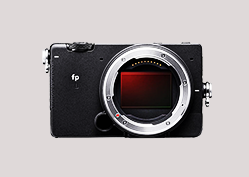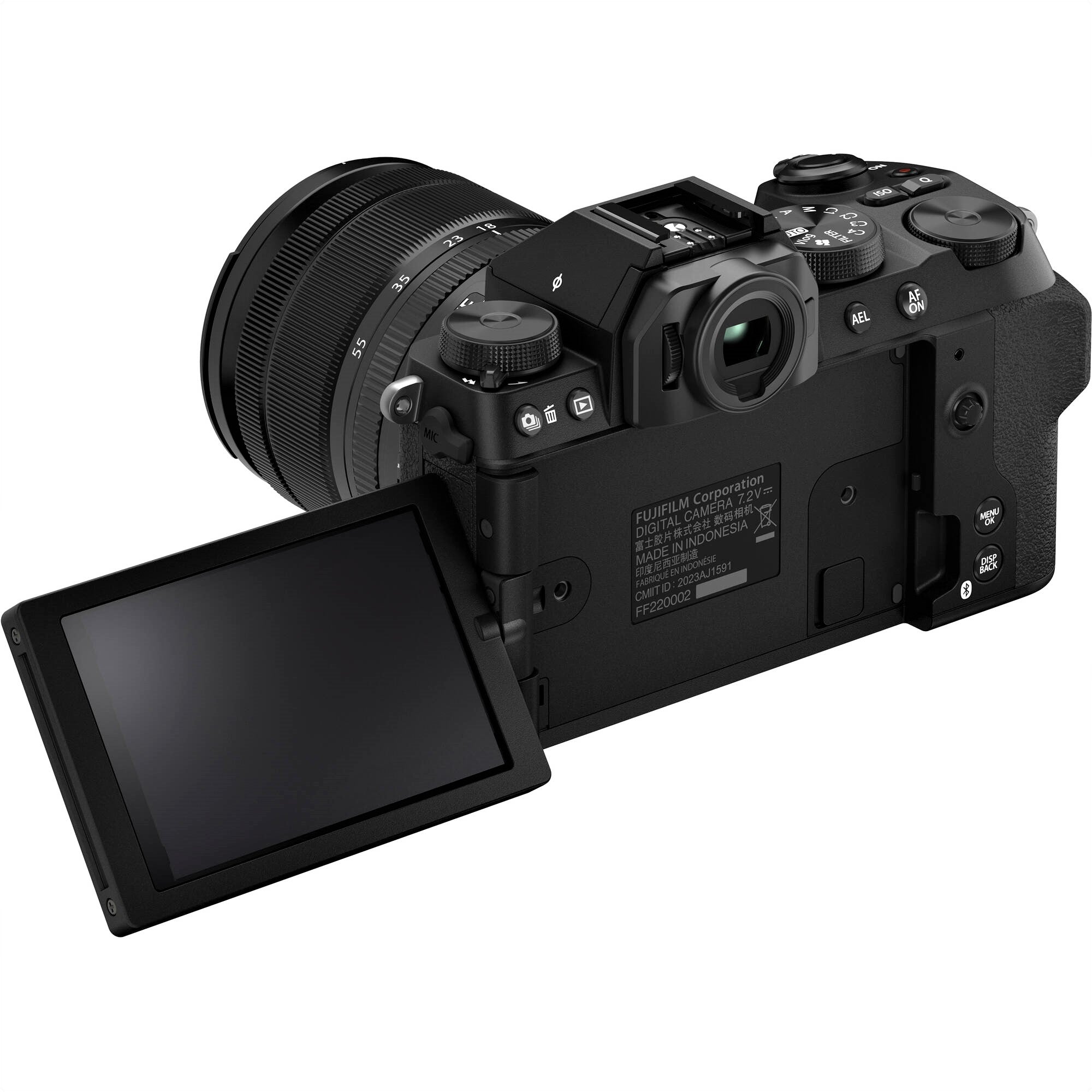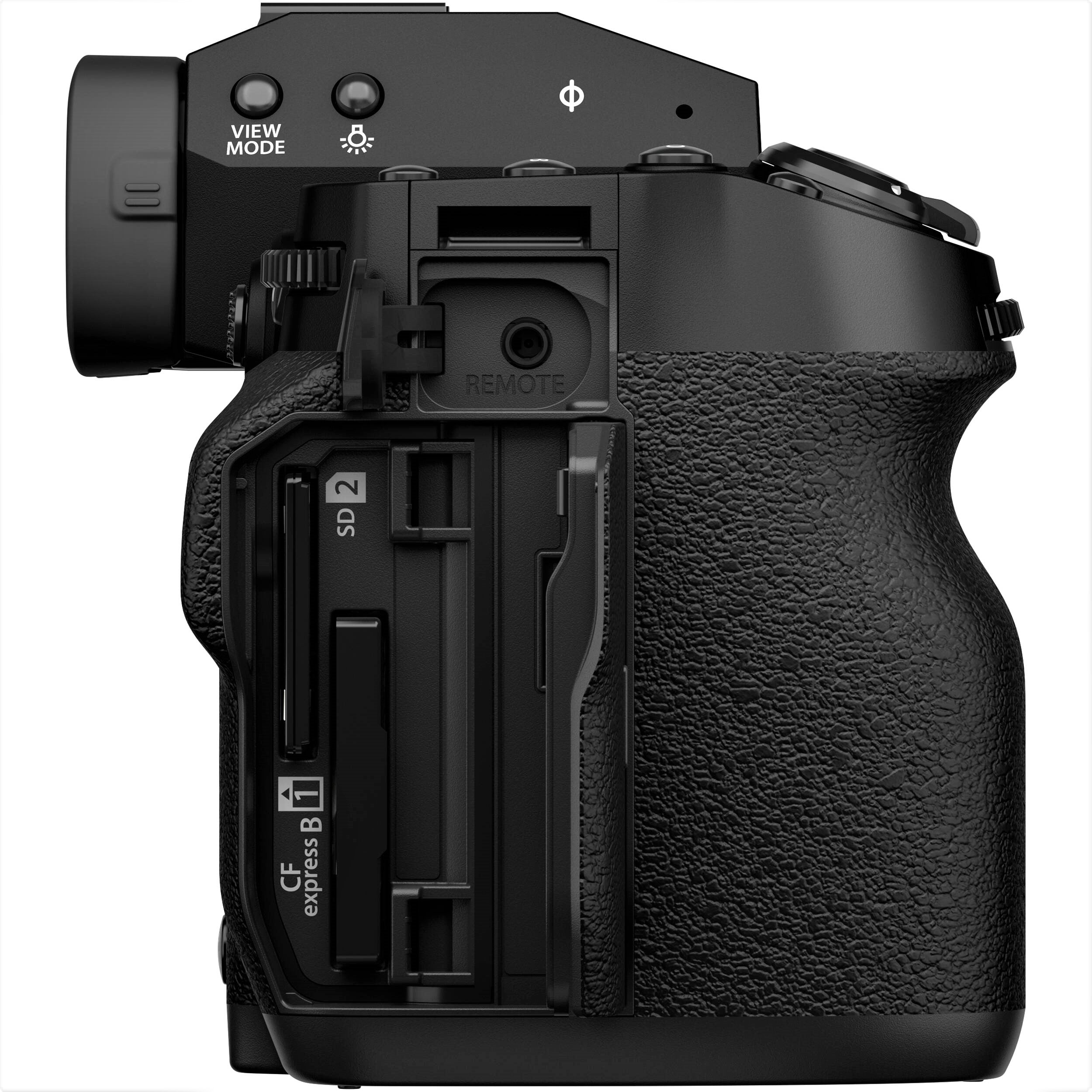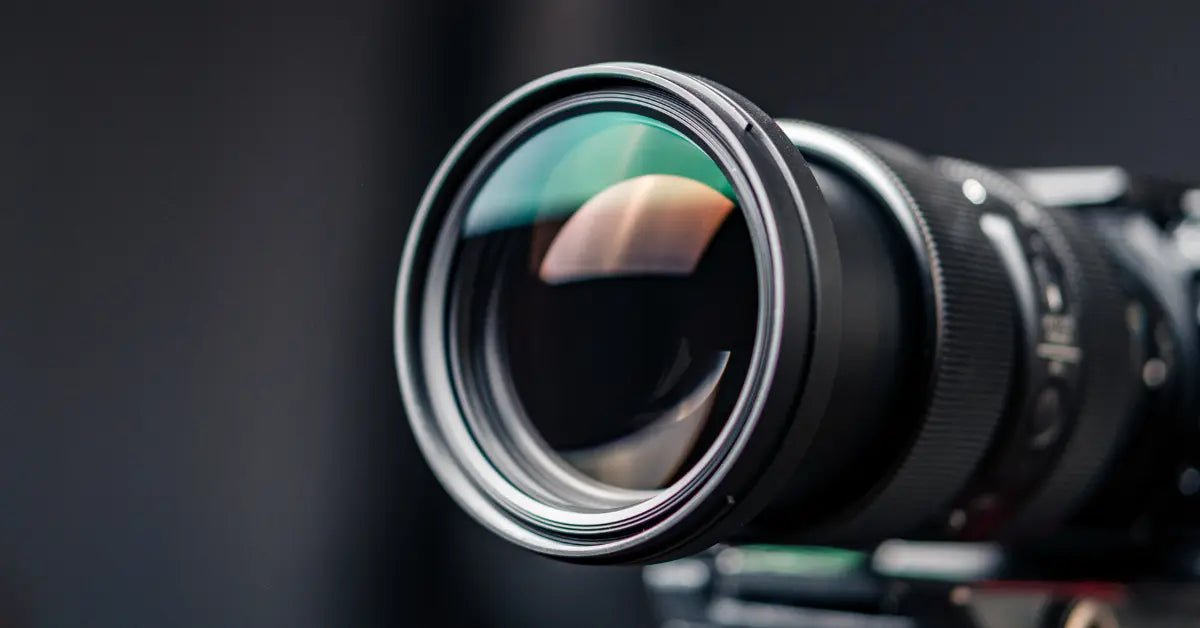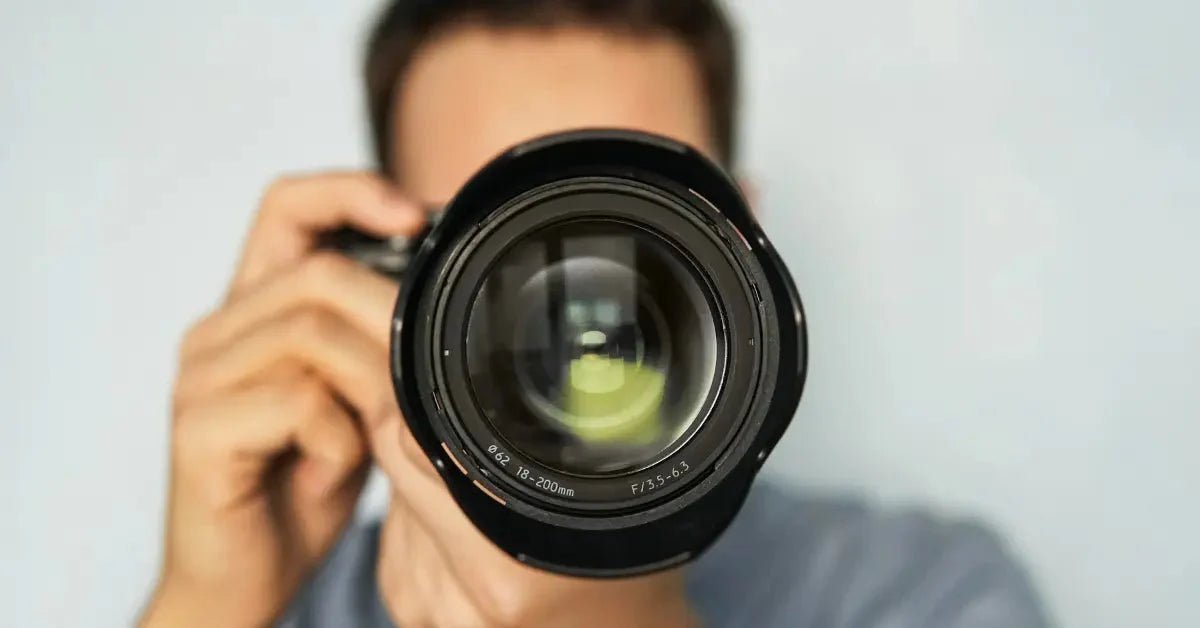Bird watching is an exciting and rewarding hobby that lets you immerse yourself in nature and marvel at the beauty of wildlife. Whether you're an experienced birder or just starting out, having the right binoculars can make a world of difference.
The right pair will bring those feathered friends into clear view and make your birding adventures much more enjoyable.
In this guide, we'll look into the best binoculars for bird watching, helping you choose the perfect pair to enhance your birding experience and ensure every outing is a success.
Imagine yourself in a peaceful forest, the air filled with the soothing sounds of rustling leaves and chirping birds. Suddenly, you catch sight of a rare bird perched on a distant branch. Your heart races with excitement, but without a good pair of binoculars, the details are just out of reach. This is where the best binoculars for bird watching make all the difference.

Bird watching, or birding, isn't just a hobby—it's a passion that many people cherish. It takes patience, sharp observation skills, and, most importantly, the right gear. Having a reliable pair of binoculars can turn a fleeting glimpse into an unforgettable encounter.
In this blog, we’re going to help you find the perfect binoculars for bird watching. We'll guide you through what to look for so that your next birding adventure is as enjoyable and rewarding as possible.
Let’s look into the key factors to consider when choosing the best binoculars for bird watching.
Understanding Binocular Specifications
Magnification and Objective Lens Diameter

When you're shopping for binoculars, you'll notice two important numbers: the magnification and the objective lens diameter. These are key to understanding what the binoculars can do. For bird watching, you'll often see recommendations for 8x42 or 10x42 binoculars. But what do these numbers mean?
- Magnification: The first number (8x or 10x) tells you how much closer the binoculars will make the bird appear. So, if you're using 8x binoculars, the bird will look eight times closer than it does with the naked eye. If you're using 10x binoculars, it'll look ten times closer. Higher magnification can be great for detail, but it can also make the image a bit shakier unless you have very steady hands.
- Objective Lens Diameter: The second number (42) refers to the diameter of the objective lenses (the big lenses at the front) in millimeters. Larger lenses gather more light, which can be really helpful in low-light conditions like dawn or dusk when birds are most active.
So, what’s the difference between 8x42 and 10x42 binoculars?
- 8x42 Binoculars: These are great if you want a wider field of view, which makes it easier to spot and follow birds, especially if they're moving around a lot. They’re usually lighter and easier to handle, making them a good choice for long bird-watching sessions.
- 10x42 Binoculars: These bring you a bit closer to the action, offering more detail, which is fantastic for identifying birds at a distance. However, they typically have a narrower field of view and can be slightly heavier, which might make them a bit harder to hold steady for long periods.
Field of View

The field of view (FOV) is basically how wide the area you can see through your binoculars is. Think of it like this: the wider the view, the easier it is to follow birds as they zip around in the sky. For bird watching, having a wider FOV is super helpful because it lets you keep track of those fast-moving birds without losing them out of your sight.
Typically, 8x binoculars give you a wider field of view compared to 10x binoculars. So, with 8x binoculars, you can see a broader area, which makes it simpler to spot and follow birds, especially when they’re in flight.
On the other hand, 10x binoculars might zoom in closer, but they show you a narrower slice of the scene, which can make it a bit trickier to keep up with quick movements.
Lens Coatings

The quality of lens coatings on binoculars can make a huge difference in what you see. Imagine you’re trying to spot a colorful bird in the early morning light or at dusk when the lighting isn't perfect. Good lens coatings help by allowing more light to pass through the lenses, which means you get a brighter and clearer image.
They also cut down on glare and reflections, so you’re not squinting at a bunch of light spots. When you're shopping for binoculars, look for ones with fully multi-coated lenses. This fancy term just means that every single lens surface has multiple layers of coating.
This setup gives you the best possible view in all kinds of lighting conditions, from bright sunny days to those dim twilight hours.
Prism Type
There are two main types of prisms used in binoculars: Porro and Roof.
- Porro Prisms: These are the binoculars you might remember from your grandparent's birdwatching kit. They have that classic, offset design where the lenses and the eyepieces are not in a straight line. This design gives you a wider field of view, which is great for spotting birds in flight or tracking them as they move. Plus, they offer better depth perception, making it easier to judge the distance between you and the bird. The downside? They can be a bit bulkier and heavier.
- Roof Prisms: These binoculars have a more modern, streamlined look with a straight-barrel design. Because the lenses and the eyepieces are aligned, they are more compact and lighter, making them easier to carry around on long birdwatching hikes. They’re also known for being more durable and weather-resistant, which is a huge plus if you’re out birding in various conditions. This sleek design makes them a favorite among bird watchers who value convenience and portability without sacrificing performance.
Top Binoculars for Bird Watching
Vortex Optics Viper HD 8x42

When it comes to top-notch optics, Vortex Optics has a stellar reputation, and their Viper HD 8x42 binoculars are a fantastic choice for bird watching. These binoculars deliver outstanding clarity, true-to-life color, and excellent performance in low-light conditions, which are all crucial for a great birding experience.
- Magnification: 8x
- Objective Lens Diameter: 42mm
- Field of View: 409 feet at 1000 yards
- Weight: 24.5 ounces
The Viper HD 8x42 binoculars come with high-density, extra-low dispersion glass and fully multi-coated lenses. This means you'll get bright, clear images every time you look through them. They're also built to last, with a rugged, waterproof, and fog-proof construction. So, whether you're out in the rain or dealing with early morning fog, these binoculars will perform reliably.
Nikon Monarch 5 8x42

Nikon has long been a trusted name in the world of optics, and their Monarch 5 8x42 binoculars live up to the brand's high standards. These binoculars are a favorite among bird watchers because they offer top-notch performance without breaking the bank.
- Magnification: 8x
- Objective Lens Diameter: 42mm
- Field of View: 330 feet at 1000 yards
- Weight: 20.8 ounces
The Monarch 5 binoculars feature extra-low dispersion (ED) glass, which ensures sharp, clear images even in challenging lighting conditions. The turn-and-slide rubber eyecups and generous eye relief make these binoculars comfortable to use for extended periods, perfect for long bird-watching sessions.
Celestron Nature DX 8x42

If you're looking for a great pair of binoculars that won't break the bank, the Celestron Nature DX 8x42 binoculars are an excellent choice. They offer fantastic value for money without compromising on quality.
- Magnification: 8x
- Objective Lens Diameter: 42mm
- Field of View: 388 feet at 1000 yards
- Weight: 22.2 ounces
These binoculars feature fully multi-coated lenses and phase-coated BaK-4 prisms, which provide bright, clear, and sharp images. They're also built to handle tough conditions, being both waterproof and nitrogen-purged for fog-free performance. So, whether you're birding in a humid forest or a chilly wetland, the Nature DX binoculars have got you covered.
Fujinon Hyper-Clarity HC 8x42

Fujinon is a brand synonymous with precision optics, and their Hyper-Clarity HC 8x42 binoculars are perfect for bird watchers who want the best in clarity and performance.
- Magnification: 8x
- Objective Lens Diameter: 42mm
- Field of View: 393 feet at 1000 yards
- Weight: 27.5 ounces
The Fujinon Hyper-Clarity HC binoculars boast an advanced optical design with ED lenses and Super EBC (Electron Beam Coating) multi-coating. This setup provides exceptional light transmission and color fidelity, ensuring you see birds in their true, vibrant colors. These binoculars are also built to withstand the elements, featuring a robust, waterproof, and fog-proof construction. Whether you're birding in the rain or dealing with morning dew, these binoculars won't let you down.
Features to Look for in Bird Watching Binoculars
Image Stabilization
If you ever struggle to keep your binoculars steady, image-stabilized binoculars might be your new best friend. These bad boys use some pretty cool tech to cancel out those little hand shakes and jitters, giving you a super stable image.
This is especially handy when you’re using binoculars with higher magnification since even the tiniest movements can make your view jump around.
With image stabilization, you’ll get a clear, steady look at your feathered friends, no matter how far away they are.
Close Focus Distance
The close focus distance is basically how close you can get to something and still have your binoculars bring it into sharp focus. For bird watchers, having a close focus distance of around 6 feet or less is a game-changer.
It means you can see all the little details of a bird that's right in front of you—like those delicate feathers or a unique beak—without everything looking blurry.
So, when you're in the thick of the woods or your own backyard and a bird lands nearby, you won't miss a thing!
Eye Relief
Eye relief is basically how far your eyes can be from the binoculars' eyepieces while still getting the full picture. This is super important if you wear glasses because it helps you see everything clearly without having to press the binoculars right up against your lenses.
If you're shopping for binoculars, aim for ones with an eye relief of 15mm or more. This will ensure you can enjoy long bird-watching sessions without any discomfort.
Practical Tips for Bird Watching
- Start with Your Naked Eyes: Before using your binoculars, locate the bird with your naked eyes. Once you have it in sight, bring the binoculars up to your eyes without losing focus on the bird. This technique helps you find the bird more quickly through the binoculars.
- Adjust the Binoculars Properly: Make sure to adjust the eyecups, diopter, and interpupillary distance (the distance between the two eyepieces) to match your eyes. Proper adjustment ensures a clear and comfortable view.
- Practice Patience and Quietness: Birds are sensitive to noise and movement. Approach birding areas quietly and patiently to avoid startling them. Patience is key to observing bird behavior and spotting rare species.
- Keep a Bird Watching Journal: Maintaining a journal of your bird-watching experiences can be incredibly rewarding. Note down the species you observe, their behavior, and any interesting facts. This practice can enhance your knowledge and appreciation of birding.
Conclusion
Choosing the best binoculars for bird watching can greatly enhance your birding experiences. Whether you opt for the high-end Vortex Optics Viper HD, the reliable Nikon Monarch 5, the budget-friendly Celestron Nature DX, or the precision-crafted Fujinon Hyper-Clarity HC, each offers unique features tailored to different needs and preferences.
Bird watching is a journey of discovery and connection with nature. With the right binoculars, you can immerse yourself in this wonderful hobby, enjoying the beauty of birds in their natural habitats.
For more detailed guides, product reviews, and bird-watching tips, visit our website. Happy birding!

